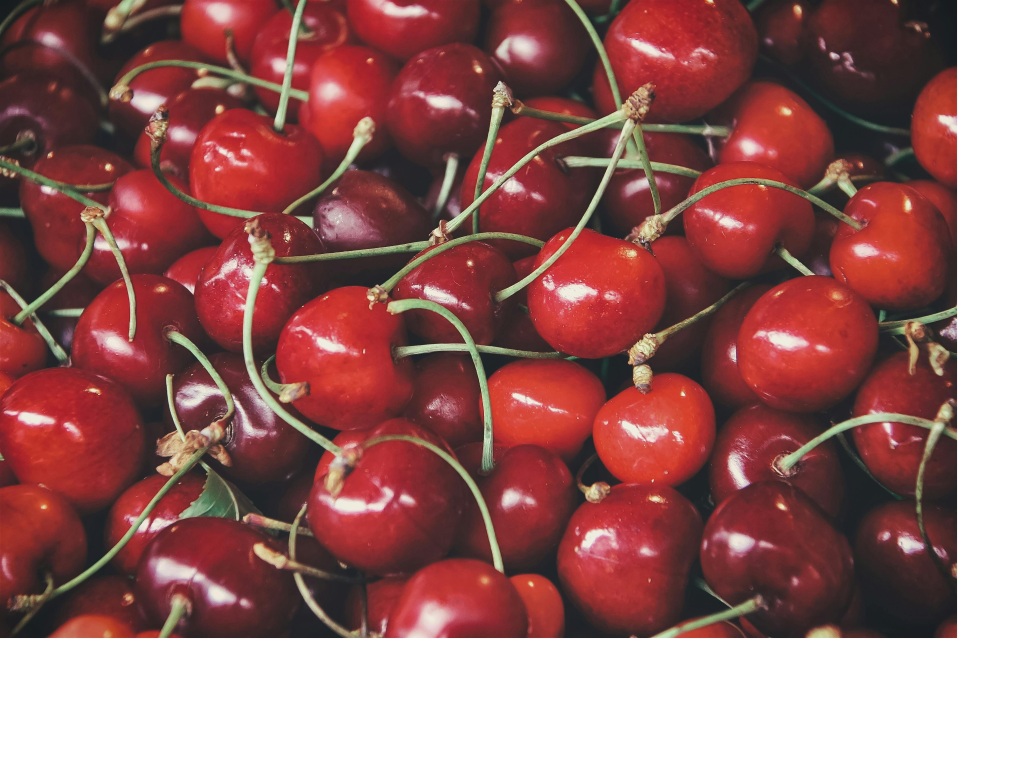
5 tips for properly washing cherries (fruits with stalks, fruits and vegetables)
Each type of fresh fruit requires a certain method in order to reduce the risk of poisoning (transmitted through food). It is therefore important to wash the fruit adequately to safely enjoy the benefits of fruit.
- Fill a large bowl with cold water. Add one cup of white vinegar. Let the sour cherries soak for 15 minutes. Vinegar kills microorganisms and removes pesticide residues. Rinse the cherries with fresh water. Dry gently with a clean cloth or paper towel. The fruit is ready for consumption.
- Pour half a spoonful of baking soda into a container of cold water for every cup of water (that you poured into the container). Submerge the fruit again and keep submerged for about 15 minutes. Then rinse the fruit in clean water.
- Wash the fruit with plain water if you don’t have the time or conditions to immerse the fruit in vinegar. Running water also removes most (invisible and visible) impurities, pesticides and microbes, although it may not clean the cherries most thoroughly.
- Zeolite clinoptilolite is a natural mineral with quality properties for cleaning fruits and vegetables. It has a structure like a fine spongy material, which attracts and retains harmful substances (such as pesticides, herbicides and other impurities). Using zeolite for cleaning fruits and vegetables has many advantages (zeolite is a natural substance safe for people, animals and the environment, it does not damage the surface of fruits and vegetables, so you can be sure that you are getting clean food without damage). We recommend thoroughly rinsing with water (after using clinoptilolite zeolite) to make sure that the fruits and vegetables are 100% clean. This is how you know that all zeolite residues and impurities have been thoroughly removed. This practice would imply an economical choice, because you will save money and reduce the adverse impact on the environment. It is also important to note that you should always be careful and follow the manufacturer’s instructions when using zeolite for cleaning food. Wash your hands before using zeolite and keep the work surface clean. Take a small amount of clinoptilolite zeolite and place it in a bowl with enough water to cover the fruit or vegetable you want to clean. Leave the fruits and vegetables to soak in this mixture for about 10 to 15 minutes. During this time, zeolite will attract and retain harmful substances. After that, rinse the fruits and vegetables well with water. This will remove any remaining zeolite or impurities still on the surface. Dry fruits and vegetables on paper towels or in a colander.
- The combination of zeolite and baking soda, and the proper treatment of fruits and vegetables before their consumption, significantly reduces the intake of these pollutants into the body, thereby preventing various diseases caused by the deposition of pesticides, heavy metals, radioactive elements and other food pollutants. Zeolite is a natural mineral that acts like a molecular sponge that absorbs radioactive elements, heavy metals, pesticides, as well as other pollutants of water, air and land. Baking soda reacts with pesticides, which makes it possible to wash them off pesticide-treated fruits. Dissolve the contents of the zeolite/baking soda package in a liter of water (purchased in stores and pharmacies), then submerge pre-washed fruits or vegetables. After at least 15 minutes, rinse the fruit or vegetables with cold water.
cover page cherries (www.pexels.com)
